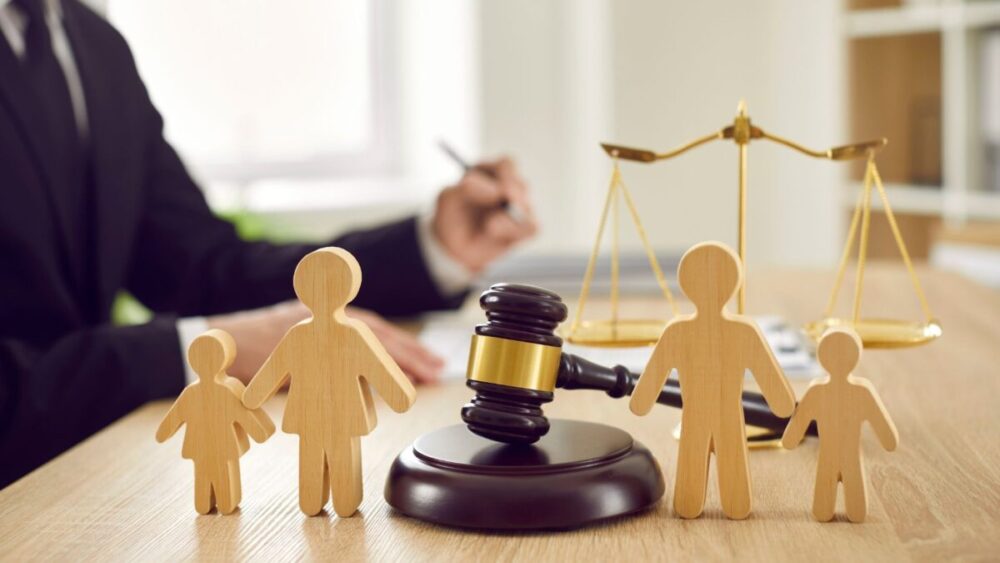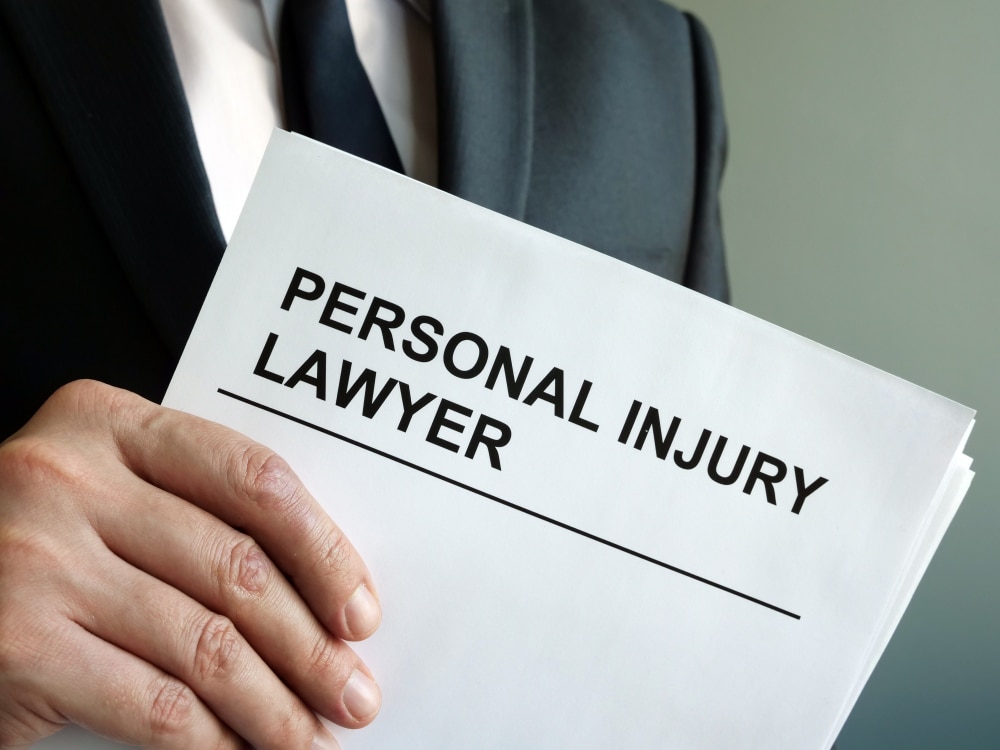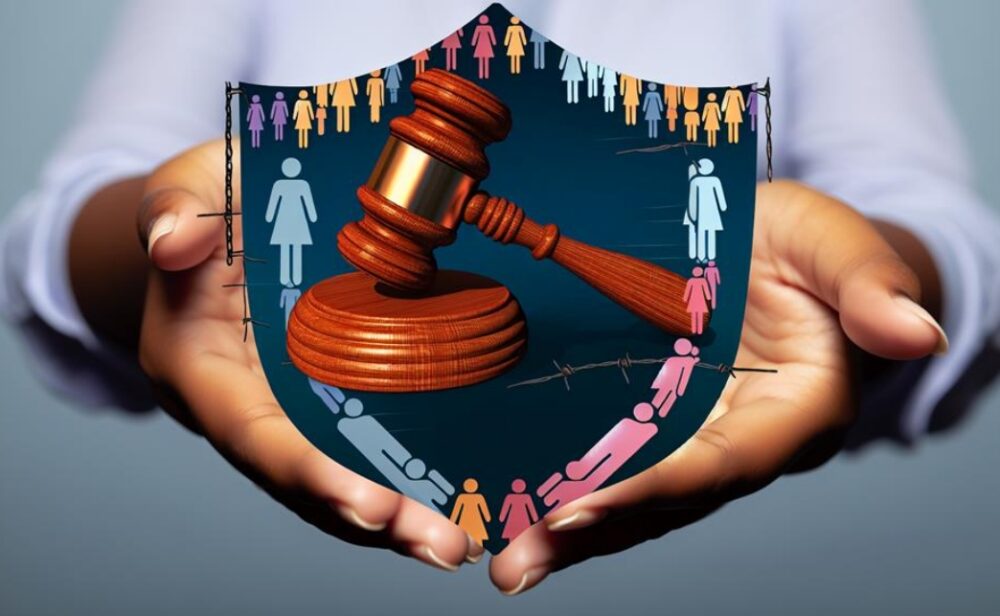Collecting all the needed evidence can be frustrating and overwhelming if you’ve been involved in a slip-and-fall accident. However, it would help if you did so.
To win your case, you must prove four key elements. These include liability, breach of duty, causation, and damages.
Expert Witness Testimony

Expert witness testimony is a vital part of any slip-and-fall lawsuit. It can help you win your case and bolster the compensation you receive.
Expert witnesses can testify on topics such as how your injuries occurred, the causes of the incident, and how it may have impacted your life. They can also help simplify complex situations so jurors and judges can better understand them.
If you have suffered injuries due to a slip and fall accident, consult an experienced slip and fall attorney about using expert witness testimony in your case.
The Federal Rules of Evidence define an expert as someone with specialized knowledge, training, education, or experience in a particular field. This includes medical experts, engineers, psychologists, and financial professionals.
Video Footage

Video evidence can be a powerful tool in a slip-and-fall case. It can show the extent of a victim’s injuries, for example.
For instance, if a person suffered a broken hip in the fall, video footage could show that their hip hit the floor with a lot of force. This could support their claims and prove the defendant was responsible for their injury.
Another good way to get video footage is through security cameras. These are typically installed in grocery stores, malls, restaurants, parking lots, and other public spaces.
Immediately after an accident, your attorney will send the negligent party a spoliation letter demanding they turn over their surveillance video footage to you. If they ignore this request, establishing your claim in court will be easy.
Medical Records
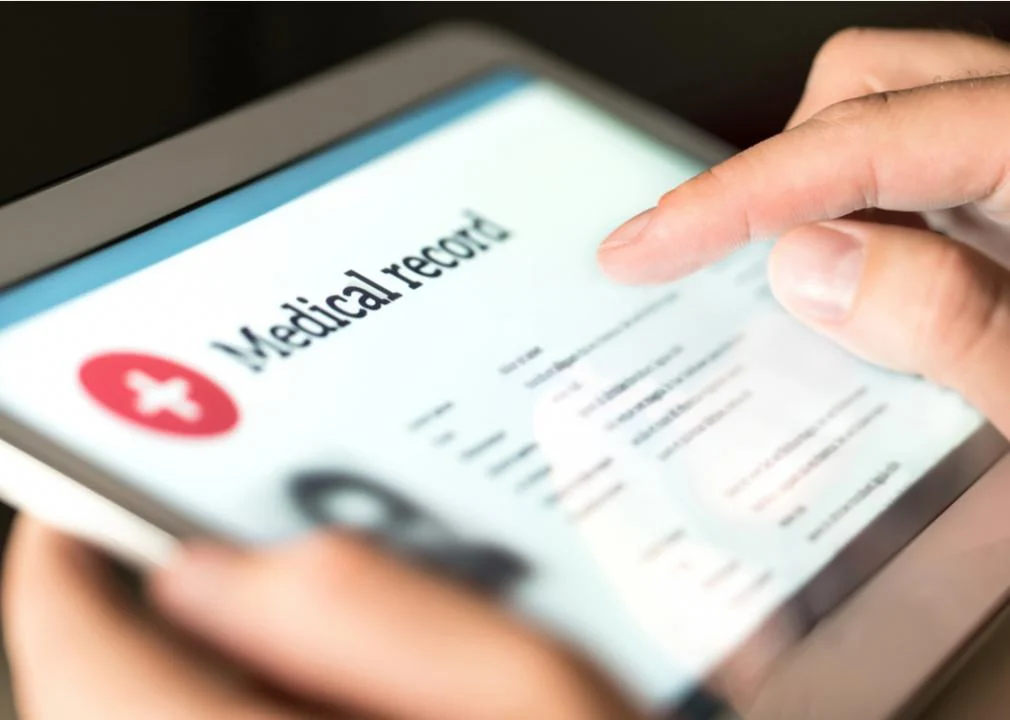
Medical records are important pieces of evidence that can prove your injuries and help you recover compensation for damages. They contain a timeline of your injury, medical bills, and treatment costs. They also can provide information about your doctor’s prognosis and the overall impact of your injury on your life.
Under the Health Insurance Portability and Accountability Act (HIPAA), you can request copies of your medical records from any medical provider. Alternatively, you can designate your attorney to obtain them on your behalf.
Regardless of how you obtain your medical records, you must follow the guidelines set by your healthcare providers. This will ensure that your records are accurate and complete. Moreover, you should never give defendants or their attorneys or representatives access to your medical records without your lawyer’s consent.
Photographs
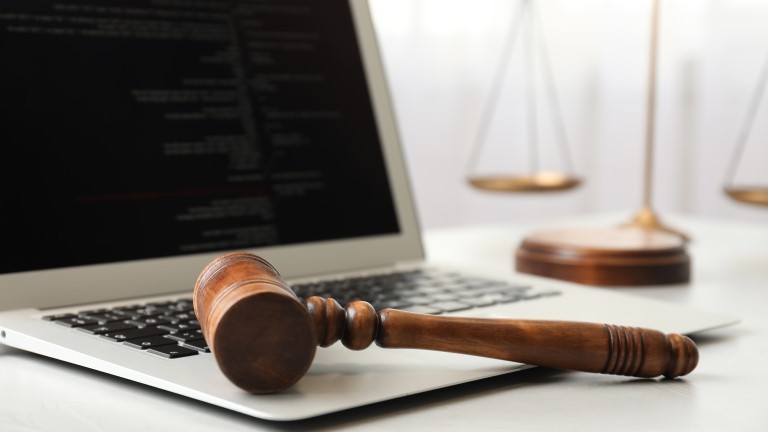
Photographs are a powerful way to illustrate and present your case in court. They can paint a clearer picture of what happened, document your injuries, and help remove you from any blame.
Property owners can be held responsible for accidents due to hazardous conditions such as spills or wet or icy spots in a slip-and-fall lawsuit. To win a claim, you must show that the property owner or manager knew about the dangerous condition and did nothing to fix it.
It is important to take photographs of the accident scene immediately after it happens. This allows the property owner to clean up and ensure it is safe for other patrons.
Photos should include close-up shots and some from a distance, capturing any lack of safety precautions or hazards on the premises. They should also show the slippery substance up close to demonstrate drag marks, track marks, and shoe imprints that can be used to establish how long the slippery substance had been there before you fell.


